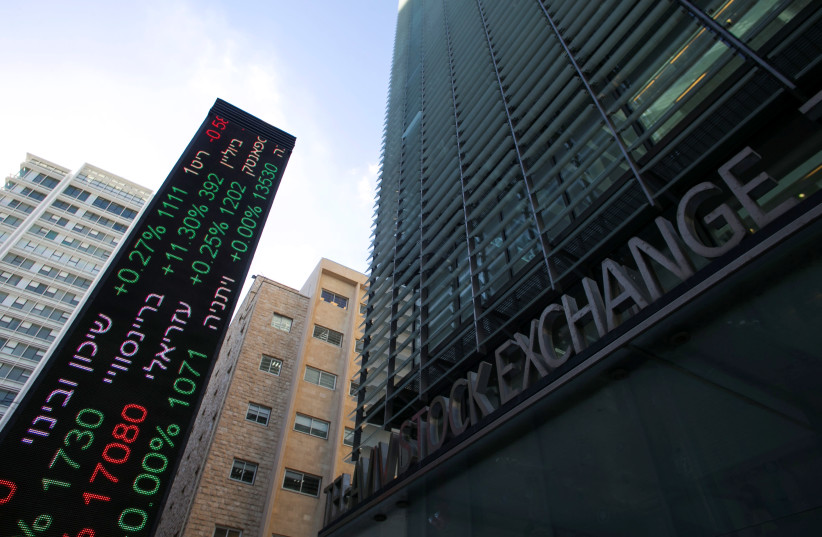I seem to have a new hobby: participating in triathlons. I did one a month ago and it went well. Last Friday I did another. I have started small and if all goes well, am thinking about increasing the distance. My category was an “Urban Sprint” or mini-sprint. Driving to Ashdod for the early start, we were surrounded by thunder, lightning and rain.
Apparently, triathaloners are a die-hard group, and much like the US Postal Service, nothing stops them – from competing. Thankfully, when it was my turn to swim, the meteorological pyrotechnics were finished and there was just a steady rain and some wind.
As I made my way into the sea, I was met by giant wave after giant wave. As each one came crashing down on me, I started to go off course. I’m not a very good swimmer, and sort of conquered a fear by swimming in deep, open water. I started my freestyle swim and almost immediately on turning my head to take a breath, ended up with a mouthful of saltwater.
This continued for a few strokes, and then I said, forget this, I am going to use a breaststroke. Then I was in a bit of trouble. Not only were there huge swells, but as I found out on my way back to shore via the announcer yelling in her megaphone, there was a strong current pushing everyone southward. I looked for the buoy I was supposed to circle and I must have been 100 meters from of it with no competitors in sight.
I wanted to panic, but I knew that if I did, bad things would happen, so I tried to stay calm. I then thought about 10 months of stock market drops and how it was a bad idea for investors to panic, and the similarity to my current predicament.

Well, actually, that’s a lie. The only thing I was thinking about was how to make it back to shore safely. I kept pushing myself, swimming against the current, and made it to land, albeit a little nauseous from all the water I drank, but safe. My appreciation for salmon and how they swim upstream thousands of kilometers to spawn has certainly increased.
Staying the course with the stock market
For most of the stock market rout this year, clients have stayed the course. For some reason, this week I have received many calls from clients starting to get nervous. I point out that it’s impossible to time the market and that history is full of people who tried and lost out. It’s also full of people who stayed fully invested and are much wealthier for it.
One of the panicked callers asked me what I thought, and I said that since she has a 20-year horizon, trying to time the market was silly and she should stay the course. We then went back over her long-term returns and found that because she stayed fully invested during the sub-prime crisis of ’08 and the corona-driven drop in 2020, when markets dropped more than 30% each time, she still had very solid returns. That was eye-opening for her and convinced her to not panic.
One of the biggest risks of trying to keep timing the market is the potential of “missing” the market. This occurs when an investor, thinking the market will go down, reallocates investments and places them in more conservative investments. While the money is on the sidelines, the market shoots up. This means the investor has incorrectly timed the market and “missed” the best performing months. There have been numerous studies done to illustrate how much an investor can lose by being out of the market.
Myra O’Dell of BCS Wealth Management writes about the ’08 stock market crash and portfolio returns:
“The value of a $100,000 investment in large-cap stocks during the period 2007–2014... dropped to $54,381 by February 2009. If an investor remained invested over the next 70 months, the ending value of the investment would be $172,425. If the same investor exited the market at the bottom to invest in cash for a year and then reinvest in the market, the ending value of the investment would be $112,340. An all-cash investment at the bottom of the market would have yielded only $54,569.” It’s important to note that past performance is no indication of future returns.
Remember that short-term volatility happens all the time, and markets can and will drop.
The most important aspect to determine how to react to market jitters is to figure out what your time horizon for the investment is. If you have a short- to mid-term time horizon, you have no business investing heavily in stocks. If you have a seven-year or longer outlook, then short-term swings shouldn’t cause worry and you should keep your eye on the long-term performance of the stock market.
The information contained in this article reflects the opinion of the author and not necessarily the opinion of Portfolio Resources Group, Inc. or its affiliates. Aaron Katsman is the author of Retirement GPS: How to Navigate Your Way to A Secure Financial Future with Global Investing. www.gpsinvestor.com; aaron@lighthousecapital.co.il.
